Video Capture Through VIVO
by instructables_user_4783 in Workshop > Home Theater
10138 Views, 12 Favorites, 0 Comments
Video Capture Through VIVO
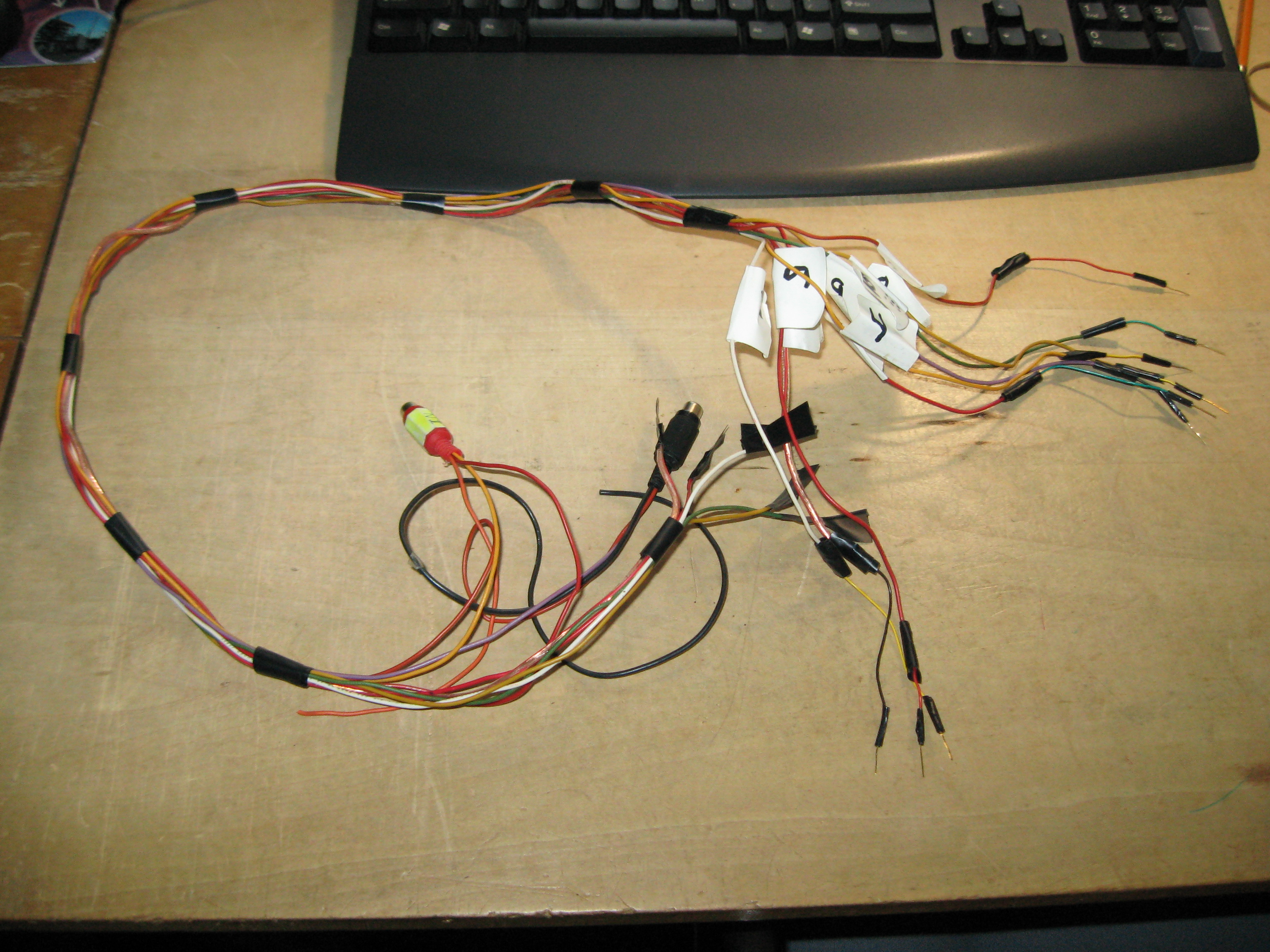
VIVO (video in / video out) is the ability for a video card to not only output video to a TV ( S-Video or Composite) but to also capture video from a VCR, TV Tuner, Video Camera, anything with a composite or S-Video output. But if you are like me and bought a used video card you might not have the VIVO Cable. You can buy a VIVO cable from your video card manufacturer ( ATI, ASUS, etc.) but usually by the time you add the shipping costs and the tax ,the cable might end up costing as much as a new capture device. There is a solution; build your own cable. In this instructable I'm only attaching the composite connectors (not S-Video,I don't need it) .
*** Please note that I've only tested this on my ATI RADEON X850 XT AGP video card so I don't know if it will work with non ATI Video Cards.***
*** Please note that I've only tested this on my ATI RADEON X850 XT AGP video card so I don't know if it will work with non ATI Video Cards.***
Materials and Tools
For Composite capture only 1 phone jack but for all connections use 3 phone jacks or 1 phone and 1 network jack or 2 network jacks. It's has to have 9 PINS and the pins from a serial cable are too big.
You also need 9 wires (preferably different colors), one female RCA connector for input. You can also add one female RCA connector for output, one S-Video connector for input, one S-Video connector for output. Electrical tape, duct tape and solder are also needed.
Tools needed: Soldering gun, wire strippers, awl, needle nosed pliers and scissors.
You also need 9 wires (preferably different colors), one female RCA connector for input. You can also add one female RCA connector for output, one S-Video connector for input, one S-Video connector for output. Electrical tape, duct tape and solder are also needed.
Tools needed: Soldering gun, wire strippers, awl, needle nosed pliers and scissors.
Remove Pins From Jack
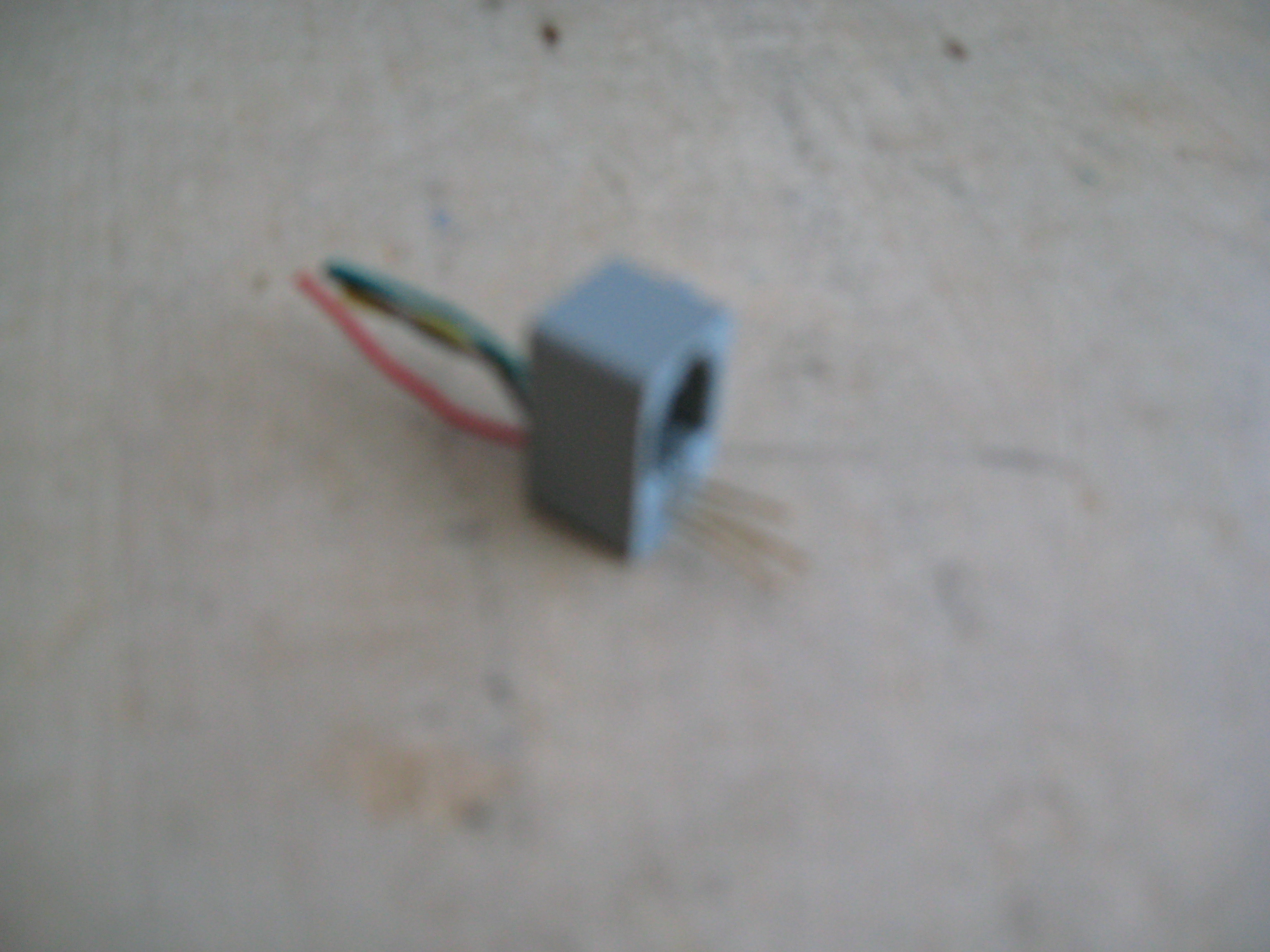
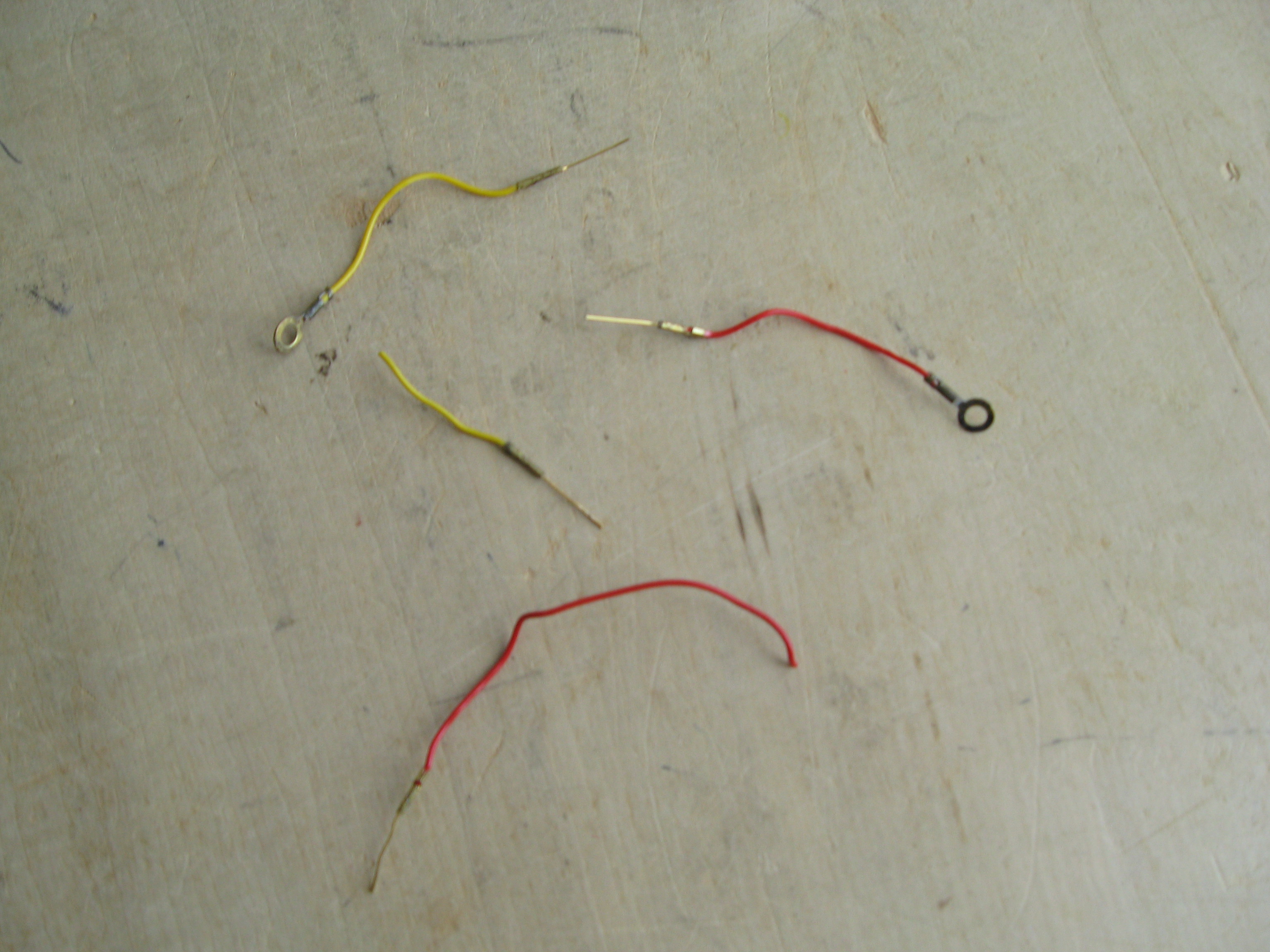
Use the awl and the needle nosed pliers to remove the pins from the phone and/or network jacks.
Extend the Wires
The wires from the jacks are probably pretty short so that's why adding about 1.5 ft or wire to every wire that comes out of the jacks is a good idea. Solder the wires together then tape then up with electrical tape.
Label the Wires
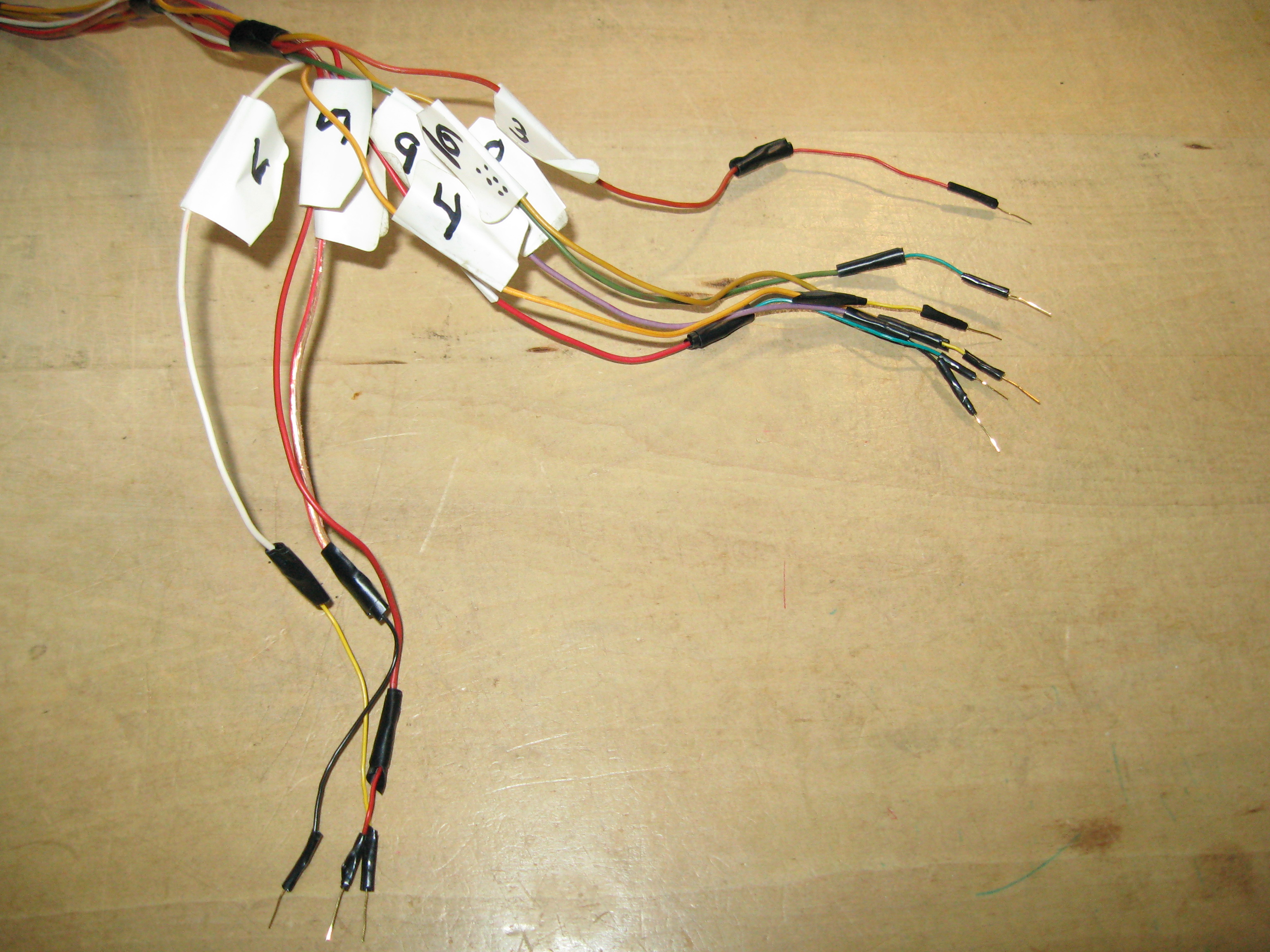
Wires should be labeled so that you can tell them apart. Label them from 1 to 9.
Make Connections
Connect wire 4 to the center of the female composite video IN connector.
Connect wire 5 to the side (Ground) of the female composite video IN connector.
Connect wire 8 to the center of the female composite video OUT connector.
Connect wire 3 to the side (Ground) of the female composite video OUT connector.
For information on adding the S-Video connectors please go to : http://pinouts.ru/Video/radeon_vivo_pinout.shtml or http://www.allpinouts.org/index.php/9_pin_mini-DIN_(VIVO)
Connect wire 5 to the side (Ground) of the female composite video IN connector.
Connect wire 8 to the center of the female composite video OUT connector.
Connect wire 3 to the side (Ground) of the female composite video OUT connector.
For information on adding the S-Video connectors please go to : http://pinouts.ru/Video/radeon_vivo_pinout.shtml or http://www.allpinouts.org/index.php/9_pin_mini-DIN_(VIVO)
Inserting the Connector Into the Card

In this step you will be inserting the male pins into the female VIVO connector on at the back of the video card. Because I'm only using this to capture composite video I only inserted pins 4 and 5. But if you are using it for Composite video output, S-Video Input, or whatever insert the pins into the correct holes.
Once done duct tape the wires into place so that they will not fall out.
Once done duct tape the wires into place so that they will not fall out.
Captureing Audio
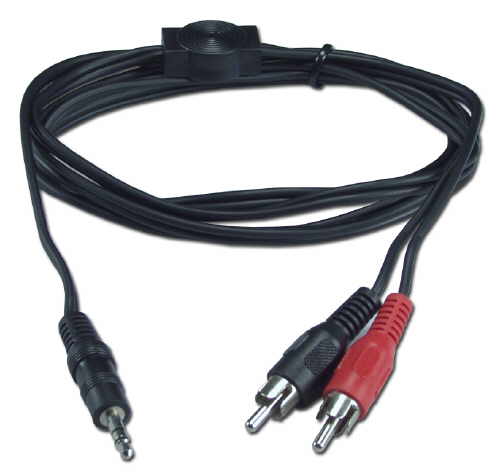
Insert a 3.5 mm to 2 RCA cable into the line in jack at the back of the PC. Connect the 3.5mm plug to the line in jack on PC and the 2 RCA to the audio OUT ports of the device that you wish to capture video from (like a VCR).
On the PC
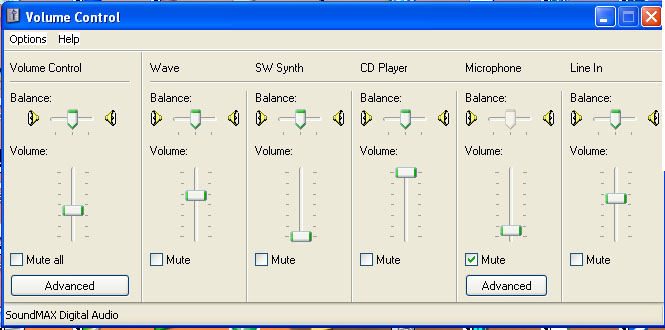
Click Start...All Programs...Accessories...Entertainment...Volume Control and make sure that line IN is enabled.
Then open Windows Movie Maker. Select capture video from video device under the tab "Capture Video" Select the video card as well as the sound card. Audio Input Source should be line IN. Video Input source should be composite (unless you used S-Video). Click Next name the video and tell movie maker where you want the video to go. Click next choose a quality I recommend whatever Windows Movie Maker recommends. You can manually control how much video you want to capture by clicking " Start Capture" and Stop Capture or you could check the box " Capture time limit (hh:mm): "and set a time. Click "Start Capture" to start capturing either way.
Then open Windows Movie Maker. Select capture video from video device under the tab "Capture Video" Select the video card as well as the sound card. Audio Input Source should be line IN. Video Input source should be composite (unless you used S-Video). Click Next name the video and tell movie maker where you want the video to go. Click next choose a quality I recommend whatever Windows Movie Maker recommends. You can manually control how much video you want to capture by clicking " Start Capture" and Stop Capture or you could check the box " Capture time limit (hh:mm): "and set a time. Click "Start Capture" to start capturing either way.
Final Stuff
I recommend getting (if you do not already have) a big external HDD. 250 GB or more. A minute of video takes up 14 MB of disk space. If you want to view you card in fullscreen download AM cap at: http://amcap.en.softonic.com/.
I hope that this instructable works well for you.
I hope that this instructable works well for you.